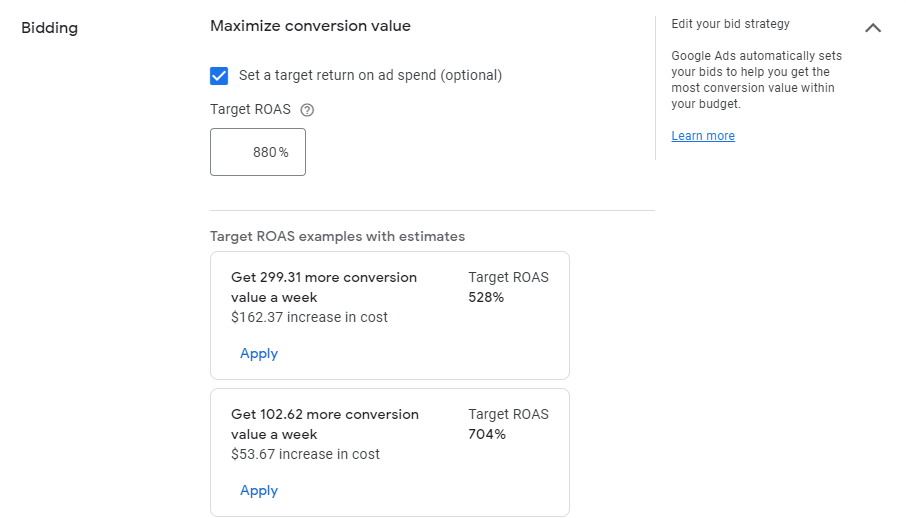In the realm of digital marketing, Google Ads stands as a towering beacon, lighting the path to success for businesses of all sizes. Yet, the journey to that success is not marked by mere impressions or clicks—it demands a more nuanced understanding of key metrics. In this blog post, we delve into the critical indicators that are unlocking the power of Google Ads campaign’s and how to use them to refine your marketing strategy.
Understanding the Importance of Metrics in Google Ads
Google Ads is not just about setting up ads and waiting for results. It’s a dynamic landscape requiring constant analysis, adaptation, and refinement. The true measure of a Google Ads campaign’s success lies in its metrics. Metrics are the compass that guides your marketing efforts, helping you make informed decisions to improve performance and maximize ROI.
Click-Through Rate (CTR)
Click-Through Rate (CTR) is a crucial metric in online advertising, representing the percentage of users who click on your ad after viewing it. It serves as a key indicator of your ad’s effectiveness, reflecting the impact of both the ad copy and design. A high CTR indicates your ad resonates with your target audience, forcing them to act. On the other hand, a low CTR suggests the need to refine your ad copy or adjust your target audience to increase relevance and engagement.
By continuously monitoring and optimizing your CTR, you can drive better results and maximize the success of your advertising campaigns.
Conversion Rate
While Click-Through Rate (CTR) measures the initial engagement of users with your ad, the conversion rate goes a step further by assessing the number of users who not only click on your ad but also complete a desired action. This desired action could be making a purchase, filling out a form, subscribing to a newsletter, or any other goal you have set.
A high conversion rate indicates that your ad, landing page, and offer are effectively aligned, resulting in a successful user journey from initial engagement to desired action. However, low conversion rates may suggest there is room for improvement. This could involve optimizing your landing page to enhance user experience or revisiting the value proposition of your offer to ensure it resonates with your target audience. By continuously monitoring and optimizing your conversion rate, you can maximize the effectiveness of your advertising efforts and drive better results.

Cost Per Conversion (CPC)
Cost Per Conversion is a crucial metric that provides insights into the financial efficiency of your Google Ads campaign. It represents the average amount spent on each successful conversion, allowing you to evaluate the return on investment.
When analyzing Cost Per Conversion, it’s important to consider the balance between the effectiveness of your ads in driving conversions and the associated costs. A high CPC may indicate that the cost outweighs the benefits, requiring strategic adjustments to optimize profitability.
To improve your campaign’s profitability, you can explore various strategies such as bid adjustments and audience refinement. These tactics can help fine-tune your targeting and optimize your advertising spend, ultimately driving better results and maximizing your return on investment.

Impressions and Impression Share
Impressions measure the number of times your ad is shown to potential viewers. On the other hand, Impression Share reveals the percentage of impressions your ad received out of the total number it was eligible to receive. These essential metrics offer valuable insights into your ad’s visibility and effectiveness in competing against others in the advertising space.
If you find that your Impression Share is relatively low, it may be worth considering strategies such as increasing your bid or enhancing your ad’s quality score to improve your overall ad performance and reach a wider audience.
Guiding Your Marketing Strategy with Metrics
The power of Google Ads comes alive when you view it not just as a platform for displaying ads, but as a rich mine of data. By understanding and tracking these key metrics, you’re better equipped to steer your marketing strategy towards success. Metrics illuminate the strengths and weaknesses of your campaign, providing the insights needed to tweak and adjust your approach for optimal performance.
Remember, there is no one-size-fits-all approach to Google Ads. Each business has unique goals and targets, which should be reflected in the metrics they prioritize. Whether you’re looking to drive website traffic, increase brand awareness, or boost sales, the key lies in aligning your Google Ads metrics with your business objectives.
Let these metrics be your guide, leading your business on a data-driven journey to success in the vast expanse of Google Ads. Harness the potential of these metrics and start unlocking the power of Google Ads today!
Looking for more inside scoops within the digital marketing industry? Sign up for our newsletter!




